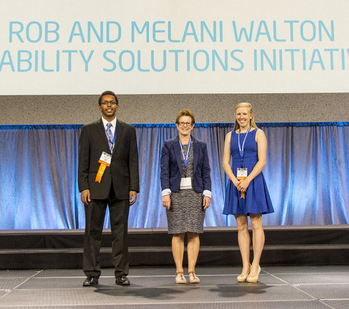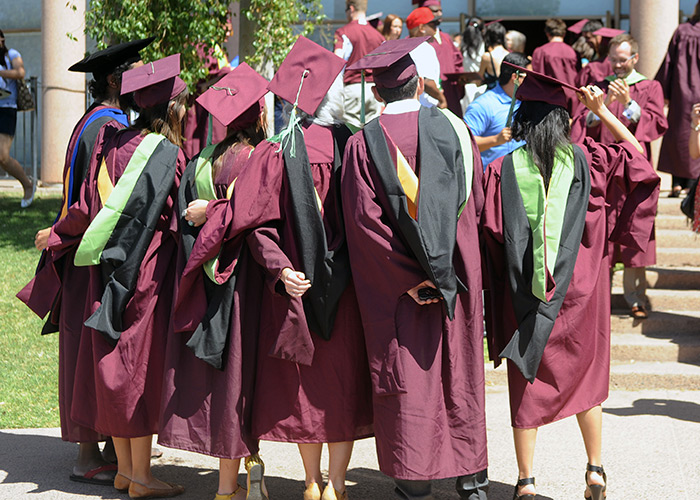ASU partners to bring algae technology into next generation
View Source | February 4, 2014

A newly announced partnership between Arizona State University, Heliae and SCHOTT North America is a big step forward on the path to accelerate algae technology.
The collaboration will bring Heliae’s algae production technology to ASU’s algae testbed facility. Through the partnership, SCHOTT financed a Helix photobioreactor built by Heliae and installed at ASU’s Department of Energy-funded algae testbed facility on the Polytechnic campus. Over the next several years, algae researchers at ASU will leverage the Helix photobioreactor to propel the understanding of algae production technology, including an investigation into the effect of glass tubing innovations on the yields and economics of algae production. The reactor will also deliver the production of high-quality algae cultures, which will support broader ASU algae operations.


 Humans living in densely populated urban areas have a profound impact not only on their physical environment, but also on the health and fitness of native wildlife. For the first time, scientists have found a direct link between the degree of urbanization and the prevalence and severity of two distinct parasites in wild house finches.
Humans living in densely populated urban areas have a profound impact not only on their physical environment, but also on the health and fitness of native wildlife. For the first time, scientists have found a direct link between the degree of urbanization and the prevalence and severity of two distinct parasites in wild house finches.









 Thousands of chemicals serving a variety of human needs flood into sewage treatment plants once their use life has ended. Many belong to a class of chemicals known as CECs (chemicals of emerging concern), which may pose risks to both human and environmental health.
Thousands of chemicals serving a variety of human needs flood into sewage treatment plants once their use life has ended. Many belong to a class of chemicals known as CECs (chemicals of emerging concern), which may pose risks to both human and environmental health.



 The modern agriculture system that feeds most of the world’s population relies in large part on phosphorus, a chemical element that is mined from a small number of ancient seabed locations around the world. Phosphorus (in the form of the compound phosphate) is an essential ingredient in fertilizer and is critical for food systems worldwide, but about 75 percent of it is mined and exported from just one country – Morocco.
The modern agriculture system that feeds most of the world’s population relies in large part on phosphorus, a chemical element that is mined from a small number of ancient seabed locations around the world. Phosphorus (in the form of the compound phosphate) is an essential ingredient in fertilizer and is critical for food systems worldwide, but about 75 percent of it is mined and exported from just one country – Morocco.
 In partnership with the GreenBiz Group and The Sustainability Consortium, Arizona State University's
In partnership with the GreenBiz Group and The Sustainability Consortium, Arizona State University's  School of Sustainability
School of Sustainability 
